
The World Trade Organization (WTO) has just announced that the global merchandise trade barometer (GTB) - a composite index of global merchandise trade - increased to 103.5 (from 102.8 in March 2025) as importers bought large quantities of goods in anticipation of the tariff wave. However, the new export orders index fell to 97.9, signaling a slowdown in trade growth by the end of 2025.
The WTO figures are in line with the views of trade groups amid concerns about a prolonged slowdown. According to the latest forecast from the Organization for Economic Cooperation and Development (OECD), global GDP may grow by only 2.9% in 2025, below the historical average and also the lowest level since the Covid-19 pandemic. The International Monetary Fund (IMF) is more optimistic with a growth forecast of 3.3%, but still emphasizes that the risks are tilted to the downside.
The main concern comes from complex and uncontrollable geopolitical trends. IMF Deputy Managing Director Gita Gopinath assessed: "The most dangerous thing now is that geopolitical shocks occur together with tight monetary policy. If oil prices exceed $ 110 / barrel for many months, central banks will not be able to lower interest rates as expected and the global economy will be at risk of a technical recession."
This assessment is close to reality, as the conflict between Iran and Israel still threatens to escalate into a regional war. The Strait of Hormuz, through which nearly 20% of global crude oil passes, has become a potential choke point for energy markets. Brent crude has risen nearly $10 a barrel since the beginning of June.
Many analysts believe that if the conflict continues, oil prices could exceed $110 a barrel. The knock-on effects cannot be underestimated, especially for major energy-importing economies such as Europe and Japan.
Meanwhile, the Russia-Ukraine war continues to drag on with no end in sight. The impact of this conflict is no longer limited to the energy sector but has spread to the supply chain of agricultural products, metals, etc.
The eurozone, which relies heavily on exports and political stability, is being held back with growth expected to be just 1.0-1.3% in 2025. Although inflation in the Old Continent has cooled, the European Central Bank (ECB) has maintained higher-than-average interest rates to control risks, weakening investment and consumption.
The US and Chinese economies are no longer the growth anchors they were in the previous period. The US is facing a turning point with tougher trade policies.
The White House's reimposition of tariffs on imports from China and Mexico not only increases domestic consumer costs but also creates negative spillover effects on global supply chains.
In China, with systemic problems such as the real estate crisis, high youth unemployment and US-China trade tensions, growth forecasts for 2025 are only around 4.3-4.7%.
Beijing has begun rolling out fiscal stimulus packages to boost public investment and domestic consumption, but the impact is unclear. Amid the challenging picture, India and Southeast Asian economies have emerged as bright spots, despite pressure from high commodity prices and capital costs.
The outlook for the global economy in the second half of 2025 is mixed, with dark spots still dominating. However, opportunities remain if major economies maintain macroeconomic stability and have flexible policy coordination.
Adjusting the investment portfolio, shifting to dynamic emerging markets and essential industries such as energy, agriculture, smart manufacturing technology, etc. will be a feasible strategy.
OECD chief economist Clare Lombardelli said that in the context of global growth facing pressure from many sides, economies must prioritize stability over overheating.
With the current scenario, the global economy in the second half of 2025 requires both governments and businesses to respond cautiously, adapt and innovate in all policy decisions. This is not only a period of weathering the storm, but also a test of the resilience and sustainable recovery of the world economic system.
Source: https://hanoimoi.vn/trien-vong-kinh-te-toan-cau-6-thang-cuoi-nam-2025-tang-truong-mong-manh-trong-song-gio-707328.html



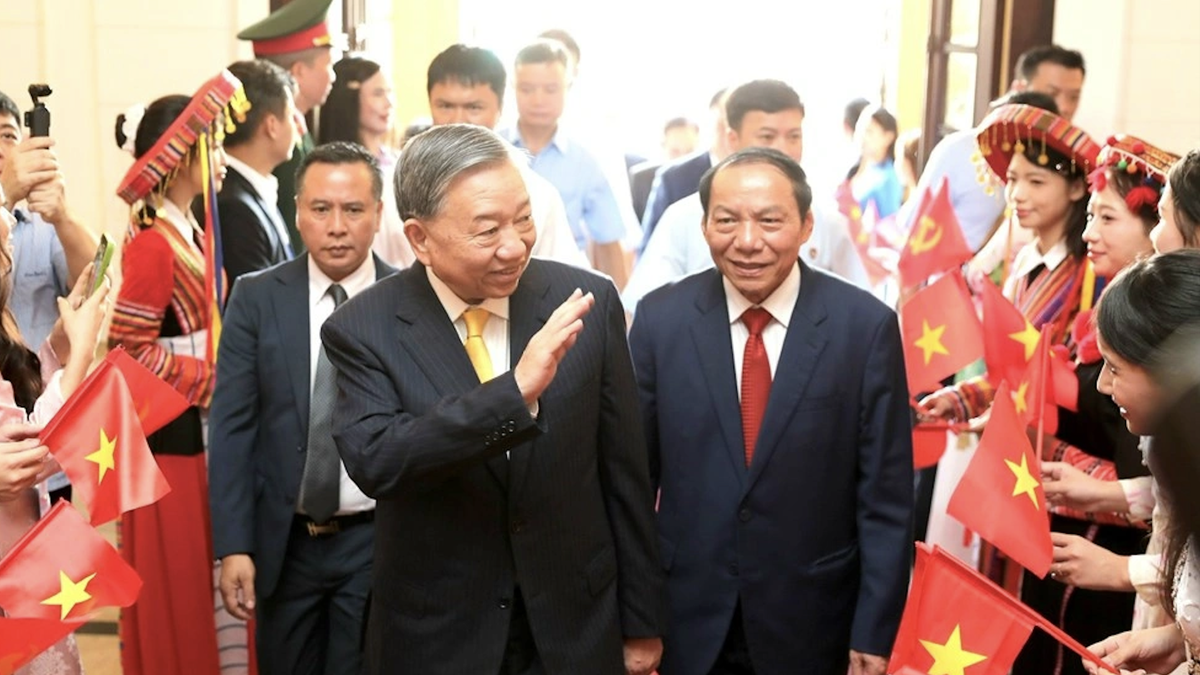
![[Photo] General Secretary To Lam attends the 80th Anniversary of the Cultural Sector's Traditional Day](https://vphoto.vietnam.vn/thumb/1200x675/vietnam/resource/IMAGE/2025/8/23/7a88e6b58502490aa153adf8f0eec2b2)
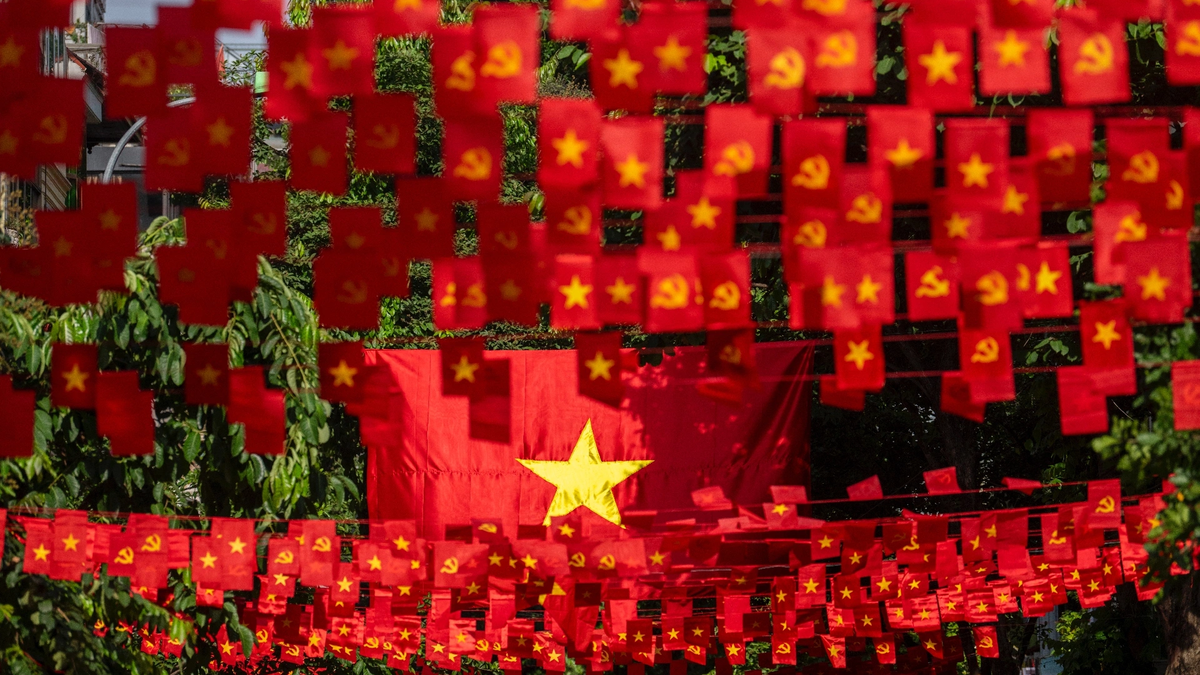

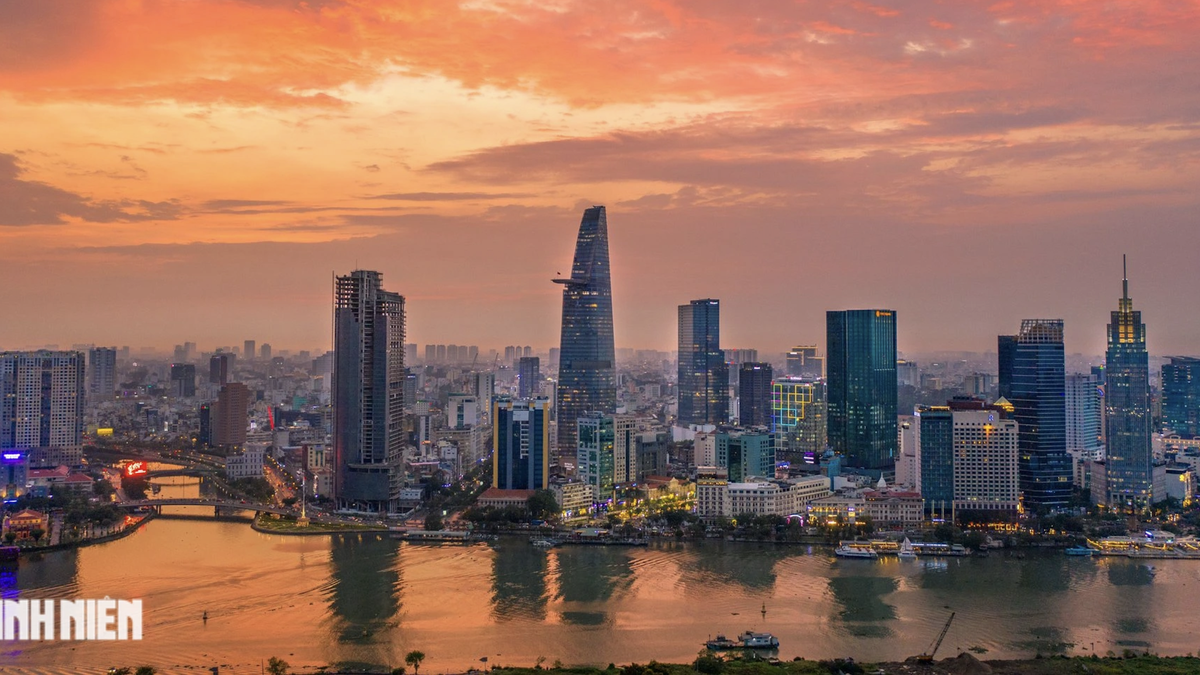
![[Photo] Prime Minister Pham Minh Chinh chairs the meeting of the Government Party Committee Standing Committee](https://vphoto.vietnam.vn/thumb/1200x675/vietnam/resource/IMAGE/2025/8/23/8e94aa3d26424d1ab1528c3e4bbacc45)



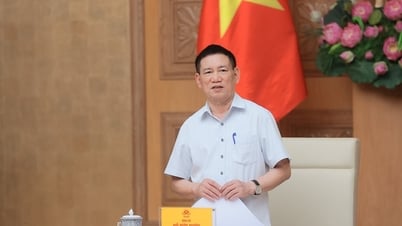



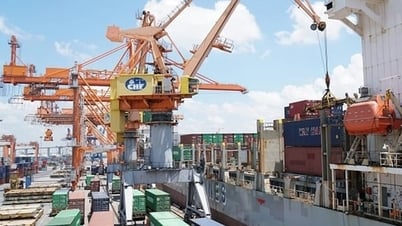
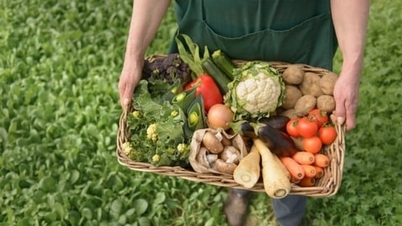





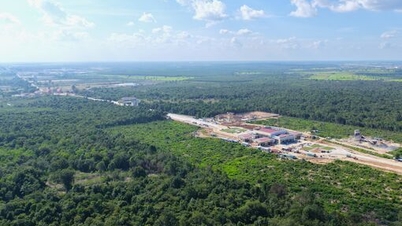












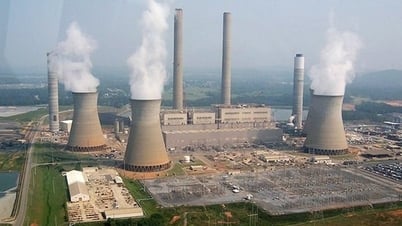































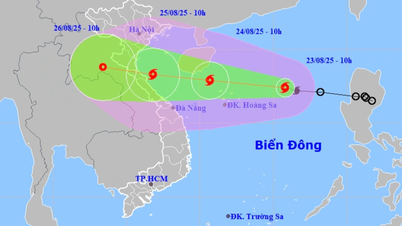



















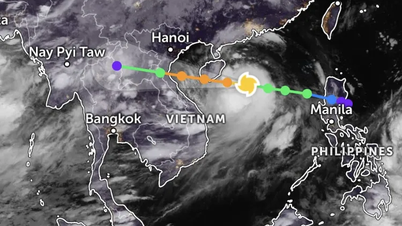




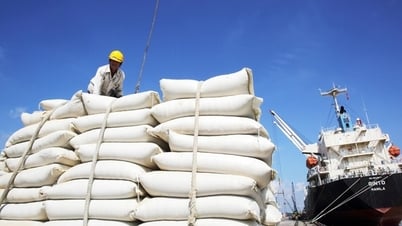












Comment (0)